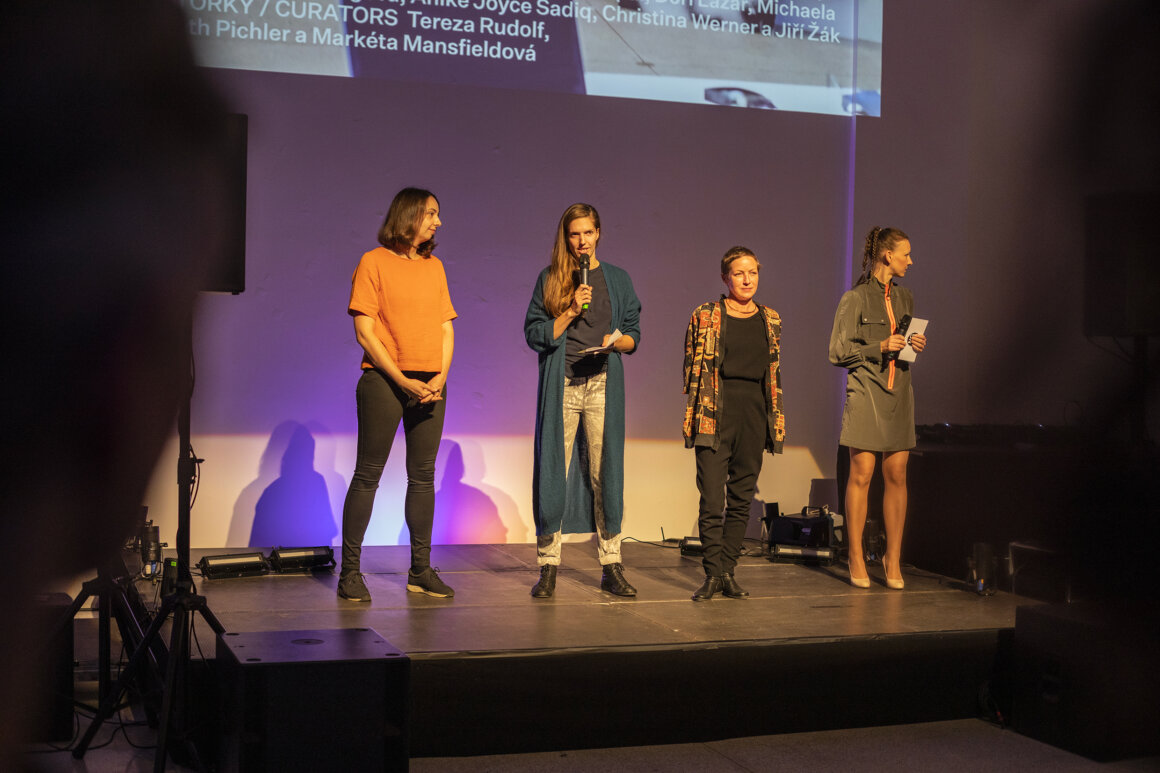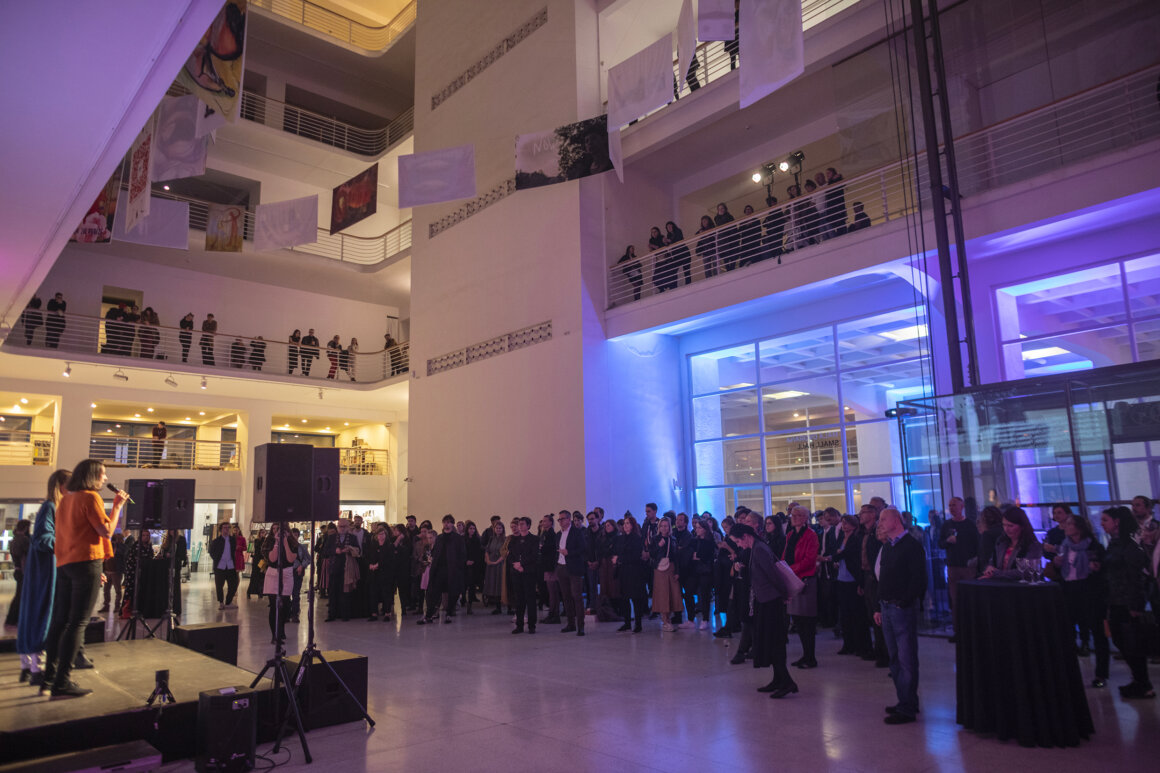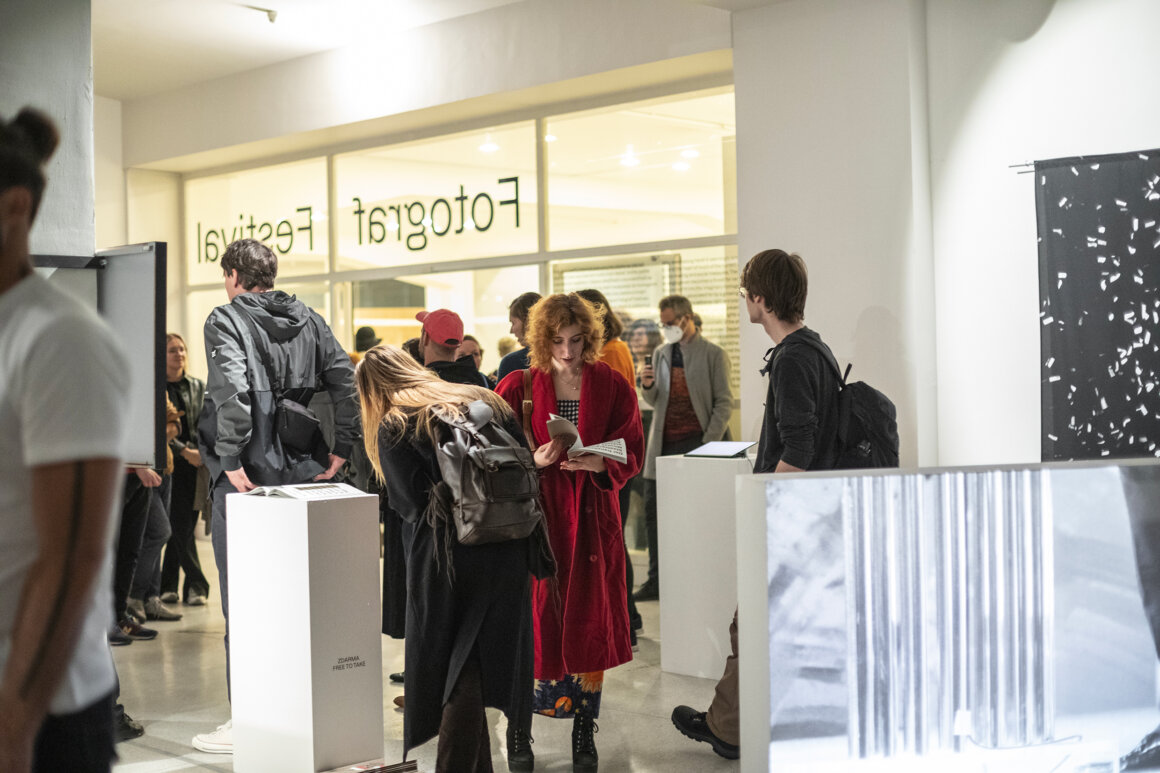Who does belong here? A seemingly simple question seems to be at the heart of much of the current cultural debates, policy-making and social measures. The question of belonging even becomes a threat for various people when they do not fit into the imaginary homogeneous vision of a nation that is advocated for by a growing number of proponents of the extreme right and populism. The central exhibition of the Fotograf Festival presents artistic strategies that recognise this attack on civil rights and liberties, understanding it as symptomatic of the shift from a democratic to an authoritarian political order. Departing from the notion of chronopolitics, the exhibition contests political tendencies that draw a coherent line from a pristine past to an idealised future that must be defended against the supposed threats of diversity, gender sensitivity, and the empowerment of marginalised groups. The presented works of predominantly Central European artists accentuate the historical conditioning of the current repressive tendencies, developing possible forms of resistance by artistic means.
The first section of the exhibition exposes the current manifestations of far-right and populist tendencies together with their political and social implications. In her installation “Something Is Always Left Behind”, Christina Werner brings together various elements from her long-term investigation of political staging, networking, and rhetoric used by right-wing parties and groups. She combines ‘media snapshots’ and strategic rhetoric of the far right with her own observations, illuminating the connection between right-wing tendencies, which take place within the legal context of political parties, and the right-wing terror that happens ‘on the street’. The connection between the political and the public realm is also at the heart of Norman Behrendt’s visual investigation. For “Blueprint”, he was closely observing and photographing details of publicly accessible online content that was published around the Brexit Referendum in 2016. By disassembling and rearranging this imagery, Behrendt focuses on forms of persuasion, language, and visual metaphors, which were strategically used to undermine the democratic process.
Manifold and often conflicting narratives that are built around historically important events are carefully set in relation in Juliane Jaschnow’s video installation “Rekapitulieren” (Recapitulation). A certain place and event – the Battle for the Reichstag in May 1945 – are referenced from various standpoints. A military re-enactment, touristic attraction, educational infotainment, and political demonstration; each of them tells its own version. Jaschnow’s work captures the instrumentalization of history for the sake of contemporary political narratives, opening the second chapter of the exhibition. Drawing on the theory of chronopolitics, the presented artworks give an insight into how particular interest groups legitimise their policies and shape the public sphere based on their interpretation of history. The reconstruction of the Berlin Palace is a case in point. The glorification of Berlin’s Prussian past and the according omission of its colonial history is reinforced by the decision to use parts of the building as a new location for Berlin’s Ethnographic Collection. Eiko Grimberg’s photo-essay “Rückschaufehler” (Hindsight Bias) revolves around this old-new building and does not shy away from following the most rumoured side stories. One of them purports that parts of the original building, which was demolished by the East German authorities in 1950, were used to decorate the monkey enclosure in the Berlin Zoo – the monkey in the related picture doesn’t seem to care about sitting in the ruins of this once again eagerly awaited past. The role of zoological gardens in the construction of national mythology is reflected also in the docu-fiction film “Amorous Geography” by Szabolcs KissPál. Travestying official historical and political narratives, the artist opposes the current embracement of Hungarian far-right history by public institutions. In his second film “The Rise of the Fallen Feather”, KissPál retells the story of Turul, a mythological bird that has become a powerful symbol of Hungarian nationalism. The same bird is represented also in the work of Dóri Lazár. Mocking the naturalised seriousness of museum displays and with playful disrespect, Lazár’s installation “Angry Birds” takes the symbolic and emotional charge of the flying creatures for the national cause ad absurdum.
The constructions of national identity, formed by both symbolic and real landscapes, profoundly influence individuals and their personal histories. This suspenseful relationship is captured in the installation of Michaela Nagyidaiová. “Transient Ties” maps the life journey of the artist’s grandmother who had to escape her homeland due to the Greek Civil War and adapt to the culture of the then socialist Czechoslovakia. Recognising the distinctiveness of identities not merely as a source of distress and dispute but also as an emancipatory and positive force is the starting point of the last section of the exhibition. In his work “DeepReal Havel”, artist Jiří Žák updates a speech delivered by former Czech president Václav Havel through the lens of postcolonial studies, revising historically naturalised power relations. As a performative duo Tajskie Kwiatuszki (Thai Flowers), artists Barbara Gryka and Filip Kijowski enter the public space in colourful costumes to initiate peaceful yet disruptive discussions about LGBTQ+ free zones in Polish cities. More radical opposition to the alarming policies introduced in Poland is documented by the Archive of Public Protest, an online archive that makes visible civic actions and demonstrations that stand in solidarity against discrimination.
The recognition of structural discrimination is also at the heart of Emília Rigová’s work. By stylising herself as the Black Madonna in the photo series “Crossing B(l)ack”, she reflects on her own passing as a non-Roma and, at the same time, (re)presents a provocative and playful homage to a figure with high identification potential for Roma women. Anike Joyce Sadiq also uses her own body, more precisely, her own hand, as a medium to reflect on a collective experience – stress caused by everyday racism. Along with a conversation with psychotherapist Lula Morton Drewes and in the symbolic raising of her fist, the artist overlays resilience and resistance as a possible response.














